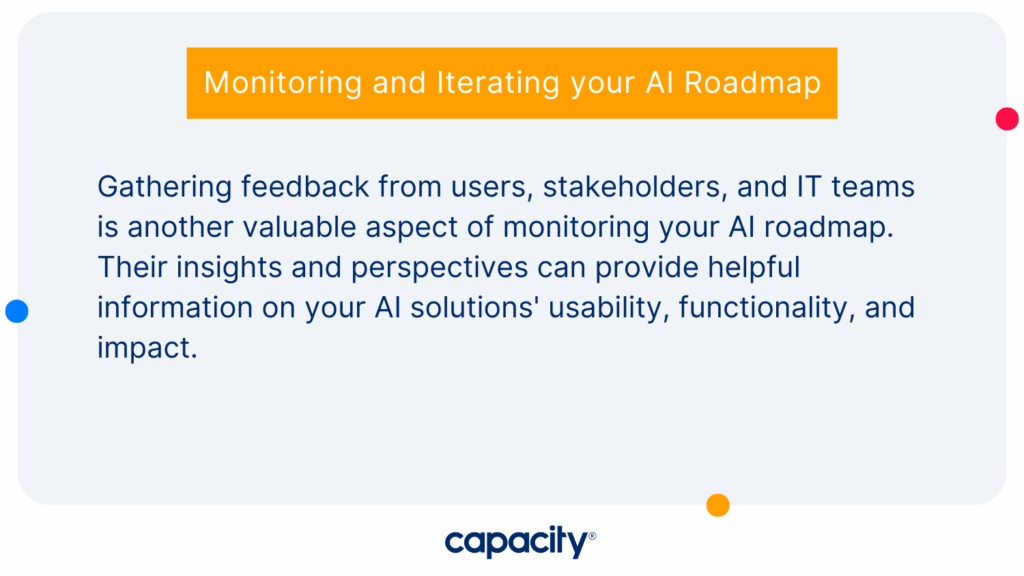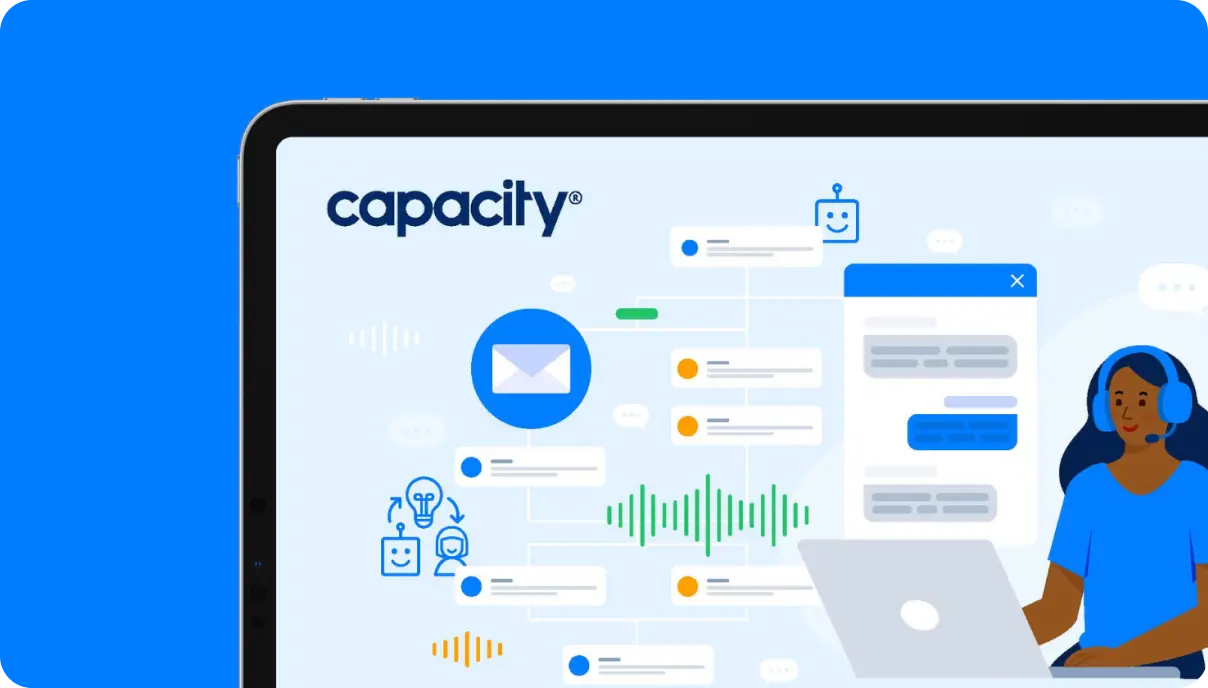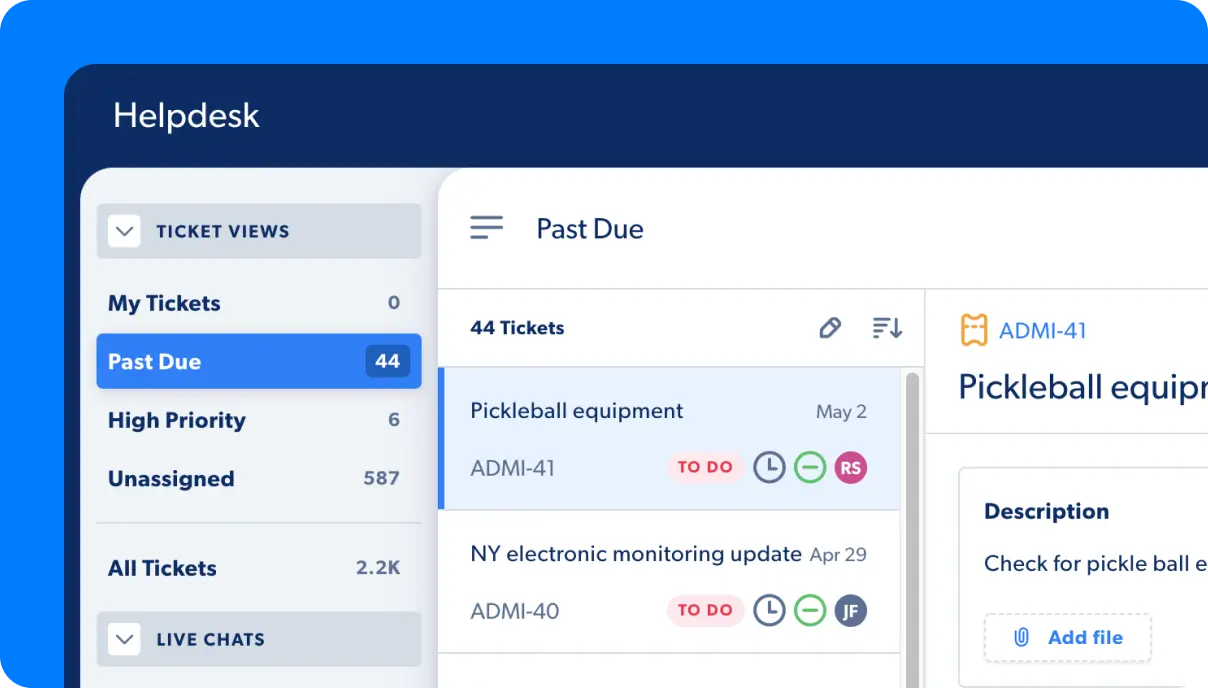Artificial Intelligence has emerged as a game-changer for businesses across industries. Info-Tech Research Group found that 44% of private sector companies plan to invest in AI this year. However, the question remains for IT teams: how do you get started with AI and build a roadmap that ensures successful adoption?
This guide will explain IT teams’ essential steps and considerations to create a practical AI roadmap. Whether you are just beginning your AI journey or looking to optimize your existing initiatives, this guide will provide the necessary knowledge and guidance.
Are you ready for AI?
Start by conducting a full assessment to find potential challenges and gaps. Look into things like your data availability, infrastructure capabilities, skill gaps, and cultural readiness. By understanding your organization’s current AI readiness, you can then develop strategies to bridge gaps and align your AI roadmap with your organization’s goals and capabilities.
What goals, objectives, and use cases do you have for your AI roadmap?

To ensure a focused and impactful AI roadmap, it is essential to set clear goals and objectives for AI adoption. Work closely with stakeholders to identify specific use cases where AI can create the most value for your organization. Align your AI objectives with your business and customer needs to drive meaningful outcomes. Whether it’s enhancing customer experience, improving operational efficiency, or unlocking new revenue streams, define your objectives to guide your AI roadmap effectively.
Create your data governance and infrastructure
Data governance plays a critical role in the success of AI initiatives. Establish robust data quality standards, privacy considerations, and data management processes. Ensure your data is accurate, reliable, and accessible for AI applications. Additionally, evaluate your infrastructure requirements for AI, including data storage, computing power, and cloud resources. Scalable and secure infrastructure is vital for effectively implementing and managing AI solutions.
Develop your AI skills and talent
Building a skilled and knowledgeable team lets you identify the AI skills and expertise needed in your IT team. Start by upskilling existing staff through training programs and certifications. And at the same time, explore opportunities to recruit AI talent externally. You can also collaborate with external organizations or consultants to get additional expertise and support to complement your internal capabilities.
Create your pilot program
Starting with a small-scale pilot program lets you validate AI concepts, identify challenges, and generate initial results. Select a use case that aligns with your organization’s goals and has the potential for significant impact. And then define clear success metrics to evaluate the effectiveness of your pilot program. Embrace iterative learning and collect feedback from users and stakeholders. And then refine your AI models based on real-world insights and observations.
Scale your AI adoption
Once you have successfully validated your AI initiatives through a pilot program, it’s time to scale your adoption across the organization. Secure the necessary resources, budget, and stakeholder support to ensure a smooth transition. Then, prioritize your use cases based on their impact and feasibility, considering ROI, scalability, and alignment with strategic objectives. And then add robust change management strategies to facilitate adoption and address any potential resistance. Continuously measure and monitor the performance of your AI solutions, making adjustments as needed to optimize outcomes.
Ensure the ethical and responsible use of AI

As AI becomes more prevalent, think through the ethical implications of your roadmap. Make sure you keep your entire AI roadmap transparent. And then, have standards to ensure fairness and accountability in your AI systems. Add ethical frameworks to govern your use of AI technologies, too. And also regularly audit your AI systems to find and mitigate biases or unintended consequences. McKinsey reports four main risks to consider when it comes to AI:
- Cybersecurity
- Compliance
- Explainability
- Personal privacy
By promoting responsible AI practices, you can build trust and maintain the integrity of your AI initiatives.
Monitoring and iterating your AI roadmap
To start monitoring your AI roadmap, figure out what KPIs you need to track to align with your objectives. This might include metrics like cost savings, efficiency improvements, customer satisfaction ratings, or revenue growth.

You should also collect feedback from your users, stakeholders, and IT teams. Their insights and perspectives can provide helpful information on your AI solutions’ usability, functionality, and impact. Start by opening your communication channels and then ask for feedback.
Once you’ve collected your feedback, iterate. Take the feedback and put it into your AI roadmap to make sure you’re meeting your company’s goals. And, let’s be honest, technology is constantly evolving. As such, new advancements are always popping up and those could alter your strategic direction. You should definitely stay up-to-date on all the AI trends and research. And then, study the best practices to remain relevant and aligned with industry standards.
Regularly reviewing and updating your AI roadmap lets you stay agile and responsive to changing business needs. Your AI roadmap should adapt accordingly as your organization evolves and new challenges arise. Foster a culture of innovation and learning within your IT team, encouraging them to explore new possibilities and propose enhancements to the existing AI roadmap.
Building a practical AI roadmap requires careful planning, assessment, and collaboration. Remember, an AI roadmap is a dynamic document that evolves alongside technology and business needs. Regularly revisit and refine your roadmap to capitalize on new opportunities and drive continuous innovation.
Ready to try AI in your organization? Sign up for Capacity for free.

Automate Your Work
Capacity’s enterprise AI chatbot can help:
- Answer FAQs anytime, anywhere
- Find relevant documents within seconds
- Give surveys and collect feedback














































